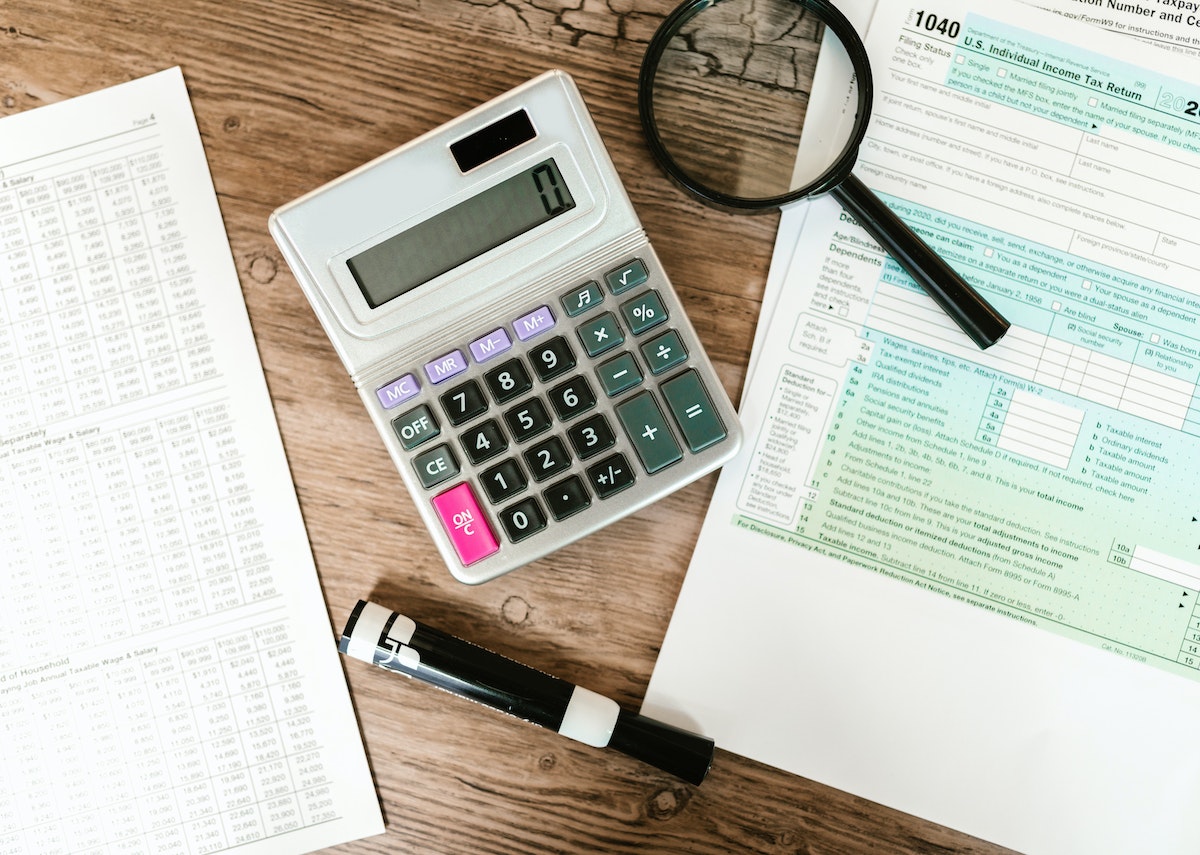For small businesses, understanding how to manage debt is an important part of financial health and stability. Good debt and bad debt can both be beneficial in certain contexts, but it’s important to understand the differences so you can make informed decisions about how to move forward with managing your business finances.
Good Debt
Good debt is defined as any type of borrowing that helps increase your net worth or generates income or profits for you over time. Good debt typically involves taking out a loan from a bank or other financial institution, often secured by collateral such as property or equipment, to purchase items that will help grow your business over time. Examples might include purchasing equipment that will help improve efficiency or productivity, investing in real estate, or taking out a loan to finance a business expansion.
Bad Debt
Bad debt, on the other hand, typically refers to any type of borrowing that does not generate income or profits for you over time and may even decrease your net worth. Examples might include taking out a loan to purchase a vehicle for personal use or financing consumer items with credit cards. Bad debt can quickly become unmanageable if you are unable to pay it back in a timely manner, so it is important to be especially mindful when considering taking on bad debt.
When making decisions about good debt versus bad debt, it’s important to weigh the costs and benefits carefully. Good debt can help your business grow and expand, while bad debt can quickly get out of control and lead to financial difficulties down the road. By understanding the differences between good and bad debt, small business owners can make informed decisions about how to manage their finances and keep their business on a sound financial footing.
Conclusion
In conclusion, it is important for small business owners to understand the differences between good and bad debt. Good debt can help your business grow and become more successful over time, while bad debt can easily spiral out of control if not managed carefully. Weighing the costs and benefits of each type of debt can help you make informed decisions that will benefit your business in the long run.
If properly managed, taking on both good and bad debt can be a smart financial decision for a small business. By understanding the difference between good and bad debt and making informed decisions about how to use them, small businesses owners can achieve success with their finances.
